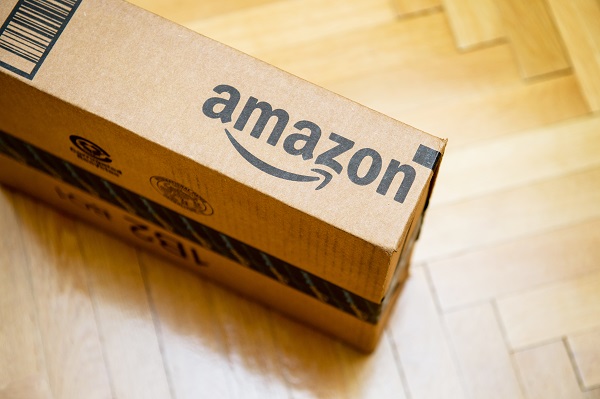Making Sense of a Supply Chain Integration Post an Acquisition
As I poured a cup of my morning coffee, I was amazed to read about the recent acquisition of ‘Whole Foods’ by Amazon. The article covered in detail the heroics of the investment bankers and finance whiz-kids in the deal. Surprisingly, there were very few words on how Amazon would integrate the “Whole Foods” supply chain post the merger.
In fact, a supply chain is often the neglected child of big-ticket acquisitions. Still, companies expect supply chain managers to integrate swiftly the operation smoothly post acquisition.

Even in Amazon’s case, the first challenge the supply chain managers would face is to ensure that Whole Food customers receive their organic breakfast daily. Their responsibility is to get the ball rolling and then drive synergies between the new and the existing supply chain. But, how does the life of supply managers changes after an acquisition?
A tough product migration season
For managers, an acquisition is a busy season. They have a completely new product mix to handle. Every product has a long tail of information with it, which might be scattered across different systems. This includes manufacturing details, purchase orders, supplier information, SKU details etc. The challenge is to find a way to consolidate the new product information with the existing one.
With companies using different ERP tools, this becomes a complicated task for the managers. For instance, when Kellog’s acquired Pringles from P&G a few years back, it faced a unique problem. Compared to Kellog’s, P&G employed sophisticated ERP tools to manage its supply chain operations. As a result, Kellog’s had to invest in upgrading to advanced SAP tools to absorb Pringle products in its fold.
Avoiding an inventory pile-up
 Consolidating the products is just half the job done. The next challenge is managing the inventory in the warehouse. Following an acquisition, goods pile up in the warehouses of the acquired company within no time. Holding inventory simply adds to the cost and creates a bottleneck in the supply chain.
Consolidating the products is just half the job done. The next challenge is managing the inventory in the warehouse. Following an acquisition, goods pile up in the warehouses of the acquired company within no time. Holding inventory simply adds to the cost and creates a bottleneck in the supply chain.
The challenge of clearing inventory is felt even more in the apparel industry where orders are placed 18 months in advance sometimes. So, a shipment may be on its way even when the managers are trying to clear the stock in the warehouse!
The usual effects of a clogged warehouse are delayed shipments to customers, poor product quality, and unavailability of raw materials. In such cases, the company has to clear the stock at throwaway prices or write-off the inventory completely. For a company, which has already spent a fortune on an acquisition, is leaking cash on inventory a smart business move?
Driving synergies post acquisition
It is clear that supply chain is under pressure after an acquisition. But, this can be avoided by having a clear roadmap for supply chain integration. Ideally, this process should start even before making the acquisition announcement. Let’s look at a few ways in which companies can drive a smooth supply chain post an acquisition:
- Companies should clearly define the metrics to compare the legacy supply chain and the existing one. This will help them to find synergies in the most important areas like cost and delivery.
- It is also a good idea to quickly onboard a few supply chain experts from the acquired company. Their knowledge of the existing supply chain will help the company to integrate the systems faster.
- The company should be willing to invest in modern warehousing automation tools and robots that will speed-up the process of bringing the warehouses to speed after the acquisition.

 English | EN
English | EN 
